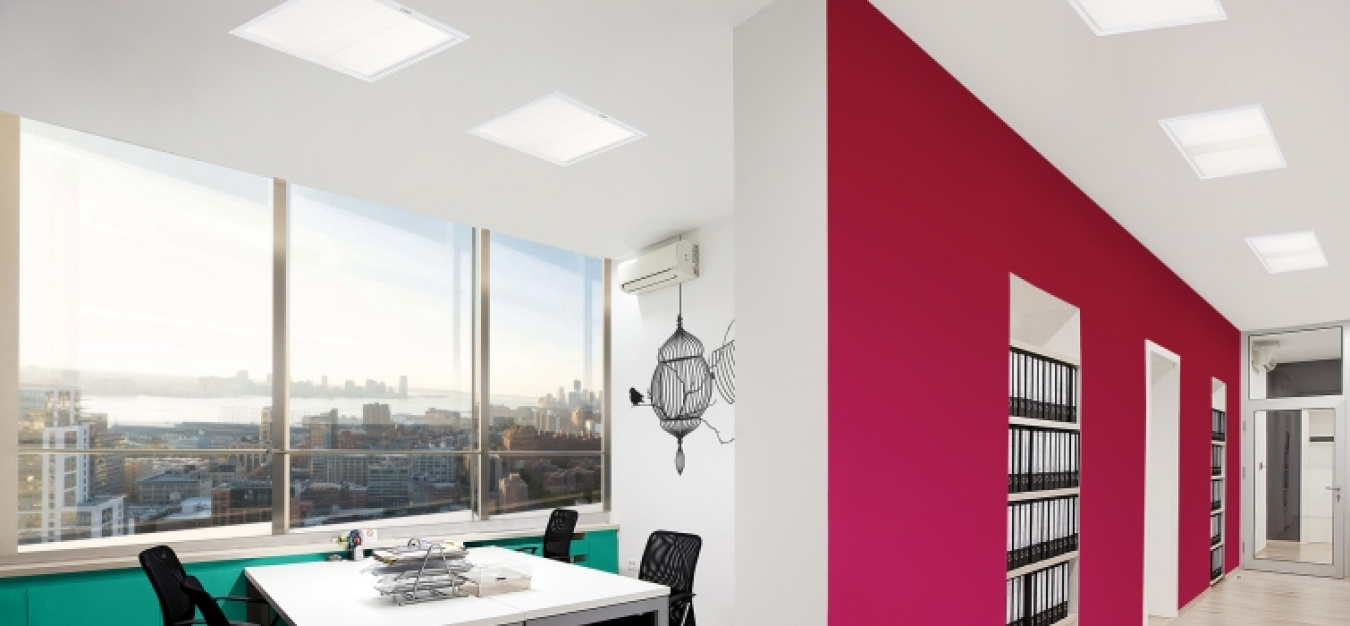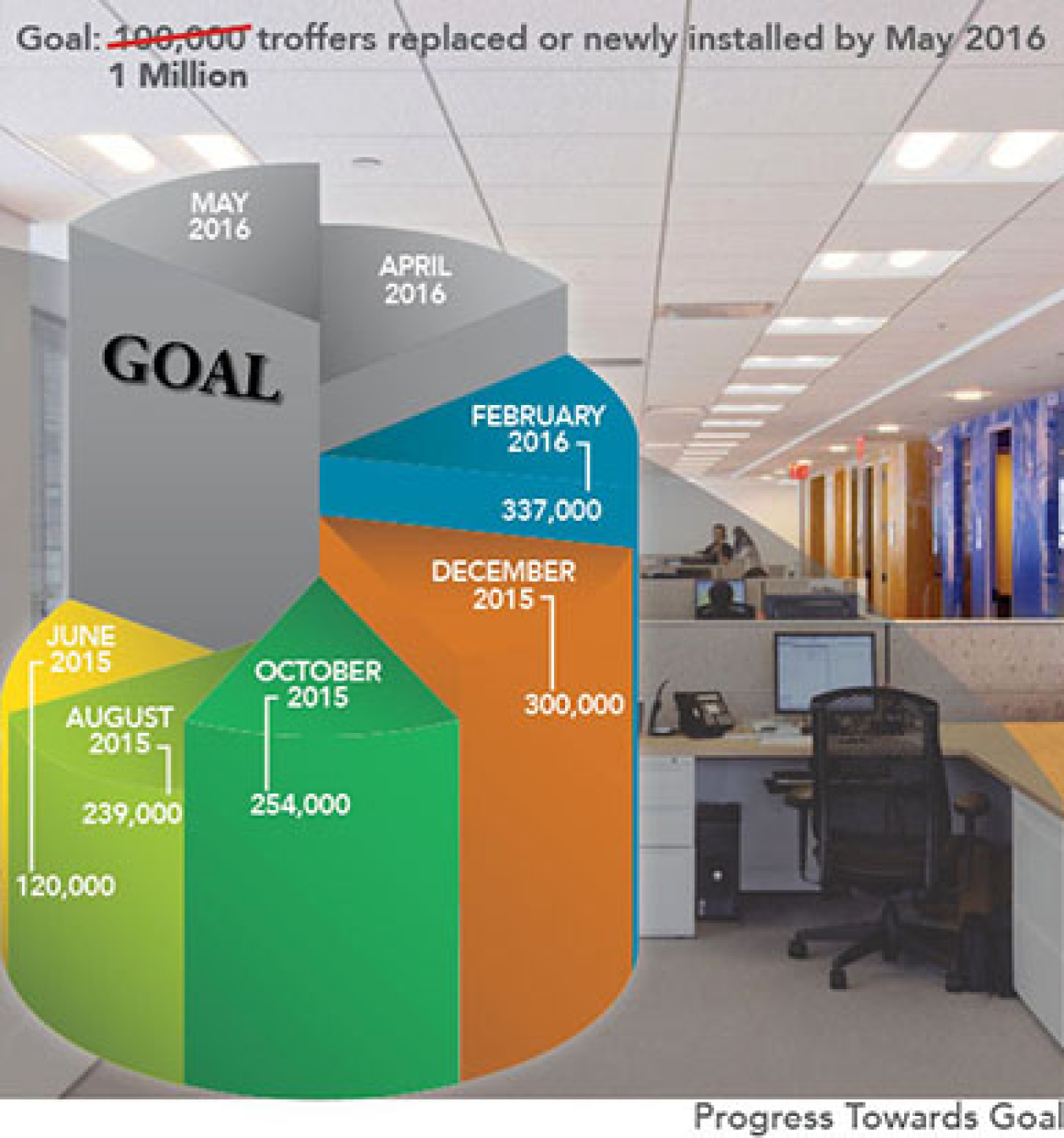
By Andrew Mitchell
As a nation, we spend more than $200 billion to power buildings in the commercial sector with lighting accounting for $40 billion of that. The Better Buildings Initiative (BB), works with a variety of market sectors to develop innovative solutions with the ultimate goal of decreasing energy costs without adversely affecting productivity. Launched in 2008, the BB includes more than 200 member companies and organizations representing more than 10 billion square feet. A good example of partners demonstrating uptake of energy efficient technology is the Interior Lighting Campaign, which is an effort to address the opportunity for savings by updating ubiquitous drop ceiling, fluorescent lamp that is most commercial buildings, doctors’ offices, and hallways. The campaign is an opportunity for participants to “stand and be counted” as leaders on the adoption curve. It is also an opportunity for those leaders to share their stories and encourage others to follow their example by showing that the move from low-tech to high was not a risky one; indeed it was a good business move.
The Interior Lighting Campaign, is a partnership between DOE and the Building Owners and Managers Association (BOMA), the Illuminating Engineering Society (IES), the General Services Administration, and the International Facility Management Association (IFMA). It is a recognition and guidance program designed to help facility owners and managers take advantage of savings opportunities from high efficiency interior lighting solutions. When the campaign exceeded the original goal of tallying 100,000 troffer upgrades last summer, the goal amount was ambitiously reset to 1,000,000-- either replaced or planned-- by May 2016.
Troffer lights generally operate for upwards of 10 hours per day and collectively consume nearly 97 billion kwh of electricity per year; that is over $10 billion dollar from this one type of light alone; equivalent to the energy consumed by homes in New York in one year! DOE developed the High Efficiency Troffer Performance Specification to serve as guidance for procurement by detailing requirements and reliable performance. The specification was developed in collaboration with the BBA’s Lighting and Electrical Technology Team, manufacturers, and other stakeholders; its adoption can help building owners save up to 60% on a one-for-one basis, and up to 75% with the use of controls.
With commitments from a diverse group of high-profile members including Target, MGM Resorts International, the Department of Defense and Yamaha, the Campaign is well on its way to meeting its new goal. Target, one of the first to join, has already replaced 120,000 troffers in 100 of its 1,800 stores, resulting in a savings of over 15 million kWh per year. Indeed, accounting for the longer operating hours of the participants so far, the campaign is already over 60% to the energy savings goal.
Commercial lighting consumes a lot of energy, but it also provides some of the easiest, most cost-effective energy saving opportunities for building owners and occupants. Learn more about the Campaign here.

Uptake: The CBI Blog

Read more from the CBI blog.
